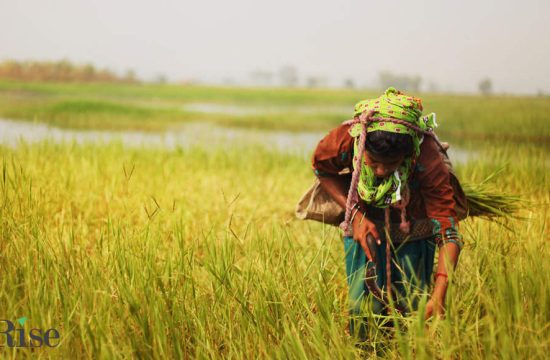
The Senate on Thursday passed the PPP Extension Act of 2021 with overwhelming support, extending the deadline for the Paycheck Protection Program to May 31 from March 31.
Passage of the PPP extension came about one week after the House approved the bill, which will next go to President Joe Biden to sign. In addition to pushing back the deadline for applications by two months, the measure gives the Small Business Administration an additional 30 days to process loans.
The extension was met with support from lenders and small business groups alike.
More from Invest in You:
Americans are more in debt than ever
How much you need to invest each month to save $ 2 million by 40
How much money do you need to retire? Start with $ 1.7 million
“This is definitely a win for the smallest of small businesses,” said Alex Cohen, CEO of lender Liberty SBF. He said he has seen a big increase in application volumes, especially from sole proprietors and independent contractors that might not have applied in the first round of PPP or weren’t able to get funding.
Here’s what small businesses need to know.
1. The program deadline is now May 31, not March 31
Small businesses have an additional two months to apply.
The extension will aid lenders and businesses that have encountered errors in the application process. In addition, in the current round of PPP, the SBA increased security to address fraud. That meant application times were much longer for some.
“I’ve noticed over the last week to 10 days there’s definitely been a tone of panic coming back again,” said Chris Hurn, chief executive of Fountainhead Commercial Capital, a non-bank lender. Now that the bill has passed, everyone will be able to breathe a big sigh of relief, he said.
The SBA has said that there is about $ 79 billion in funding left, which restarted in January with $ 284 billion.
2. There may be more time to apply for second draw loans
The additional two months may also open the door for small businesses that got a first PPP loan this year to apply for a second one.
Some small businesses that recently got a first draw previously didn’t have enough time to apply for a second one, as generally eight weeks must pass between the loans so there’s time to spend the money on payroll.
This mostly impacted sole proprietors that didn’t know they qualified for assistance through the program or weren’t able to get funding in the previous round.
“They’re certainly going to be a big beneficiary of this added time on the application process,” said Patrick Ryan, president and CEO of First Bank.
Of course, there are extra qualifications for a second draw loan beyond the eight-week time period. Small businesses must have no more than 300 employees and be able to show at least a 25% reduction in gross receipts between comparable quarters in 2019 and 2020, according to the SBA.
3. Some lenders still have different rules around PPP
Many nonbank lenders and smaller fintech firms kept their application portals open and intended to do so through the program’s expiration date, while many larger banks had stopped taking new applicants to finish everything in time.
Now, those banks are reopening their windows to help some borrowers, yet some banks are following different rules.
This is definitely a win for the smallest of small businesses.Alex CohenCEO at Liberty SBF
For example, JP Morgan will resume taking applications for PPP loans and will update its loan calculation formula for sole proprietors or so-called Schedule C filers. The new application with the updated formula should be available for borrowers next week, a spokeswoman confirmed.
Previously, the bank only allowed sole proprietors to use net profit instead of gross income to calculate loan amounts, which will likely resulted in less money.
Wells Fargo and Bank of America have been offering the new loan calculation formula for sole proprietors. In addition, both banks confirmed they will reopen applications for PPP due to the extension.
4. More SBA guidance likely
To be sure, questions remain about the program, and the additional time could open the door for further guidance from the SBA.
For one, sole proprietors that applied for loans before the updated calculation was announced are pushing for the rules to be retroactively applied. The difference in loan amounts would have meant thousands of dollars more in forgivable funding for some.
“It shouldn’t be to the detriment of those that were diligent and got their applications in early,” said Keith Hall, president and CEO of the National Association for the Self-Employed.
Lenders have also questioned the eight-week timeframe between first and second draw loans for sole proprietors, who don’t have traditional payrolls. Because of this, some argue that they shouldn’t have to wait eight weeks to apply for a second loan.
“[The extension] will give the SBA enough time to do the right thing on a number of these issues,” said Hurn.
SIGN UP: Money 101 is an 8-week learning course to financial freedom, delivered weekly to your inbox.
CHECK OUT: How to make money with creative side hustles, from people who earn thousands on sites like Etsy and Twitch via Grow with Acorns+CNBC.
Disclosure: NBCUniversal and Comcast Ventures are investors in Acorns.









